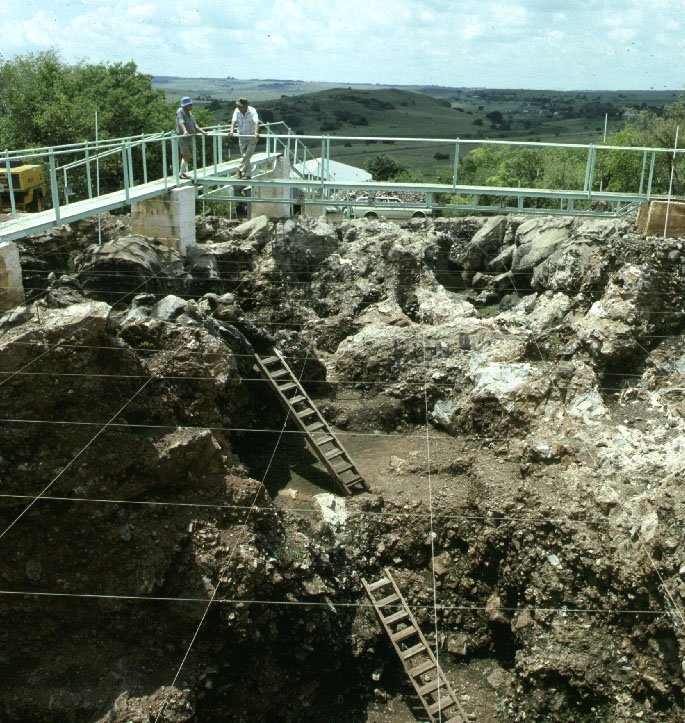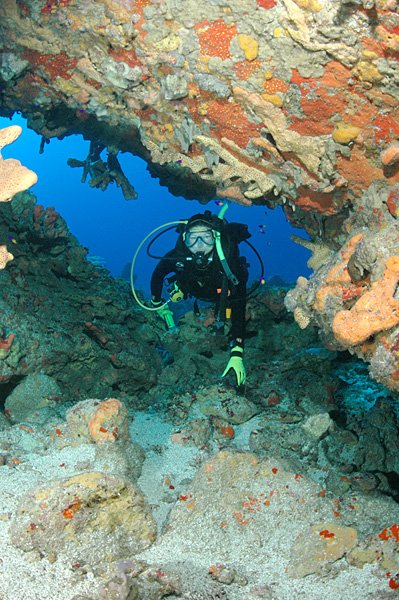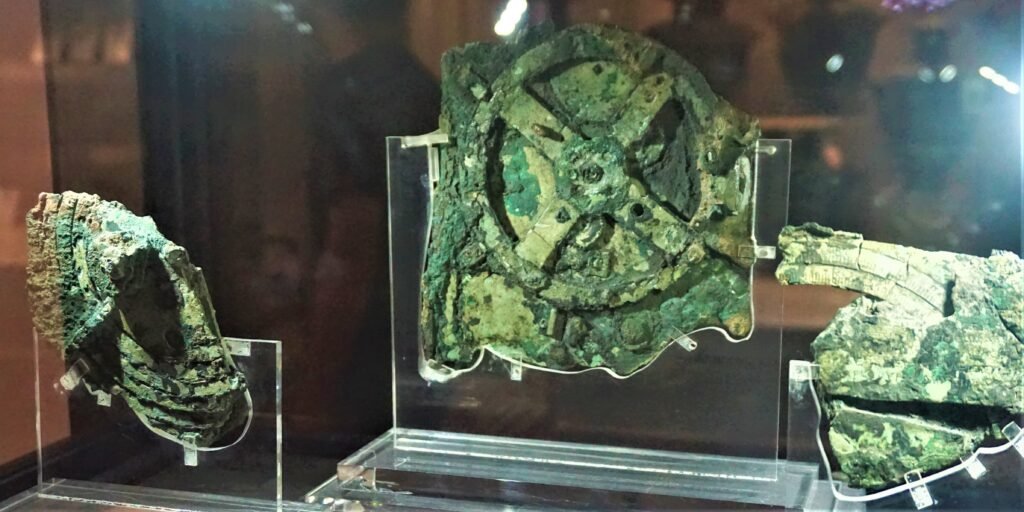Deep beneath the rolling hills of South Africa’s Gauteng Province lies one of the most extraordinary archaeological treasures on Earth. The Sterkfontein Caves have yielded more ancient human fossils than any other site on the planet, earning their place as the world’s most significant window into our earliest ancestors. These limestone caverns hold secrets that stretch back millions of years, whispering stories of our species’ remarkable journey from primitive beginnings to modern humanity.
The Geological Marvel That Preserved Our Past
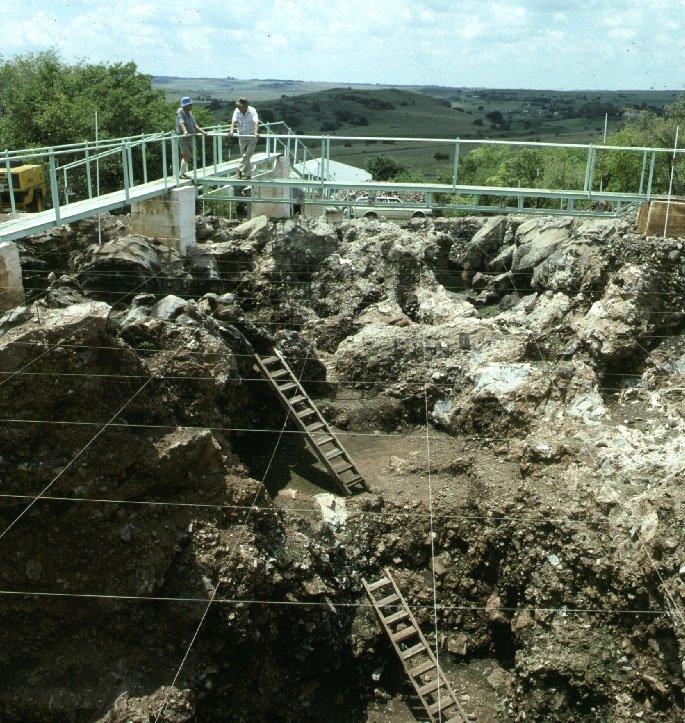
The Sterkfontein Caves formed over millions of years through a fascinating geological process that created the perfect conditions for fossil preservation. Water slowly dissolved the dolomitic limestone, creating an intricate network of underground chambers and passages that would eventually become nature’s own museum.
What makes these caves truly special isn’t just their age, but their unique ability to trap and preserve organic material. Ancient streams carried sediment and debris into the caves, creating layers upon layers of deposits that acted like pages in a history book. Each layer tells a different story, capturing moments in time when our ancestors walked the African landscape.
Mrs. Ples: The Face That Changed Everything
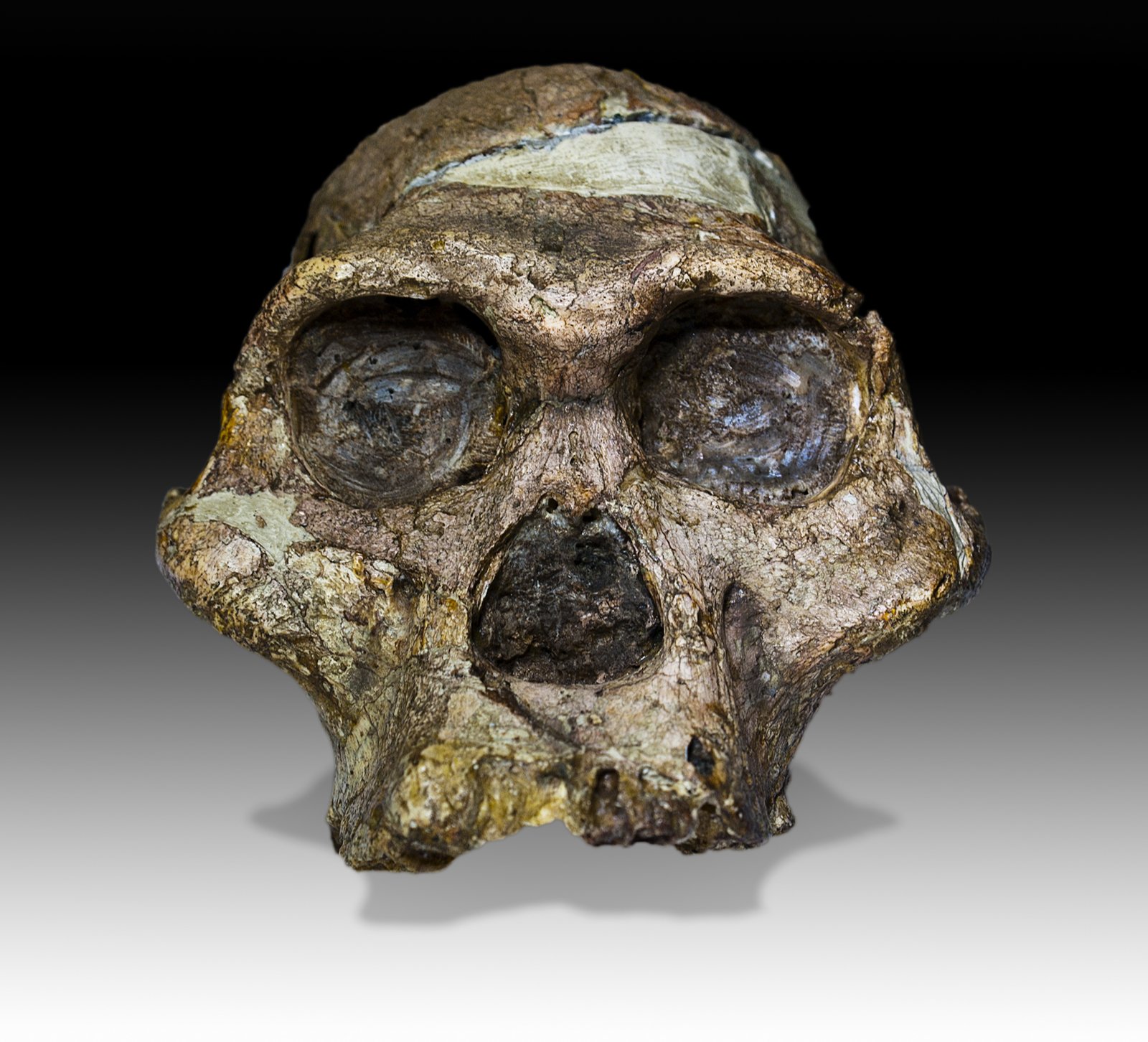
In 1947, paleontologist Robert Broom made a discovery that would revolutionize our understanding of human evolution. He unearthed a nearly complete skull of an Australopithecus africanus, affectionately nicknamed “Mrs. Ples” after the original genus name Plesianthropus transvaalensis.
Mrs. Ples lived approximately 2.15 million years ago, and her remarkably preserved skull provided scientists with unprecedented insights into early human anatomy. The discovery proved that Africa was indeed the birthplace of humanity, settling a debate that had raged in scientific circles for decades. Her prominent brow ridge and smaller brain case revealed crucial evolutionary stepping stones between our ape ancestors and modern humans.
Little Foot: The Nearly Complete Ancient Human
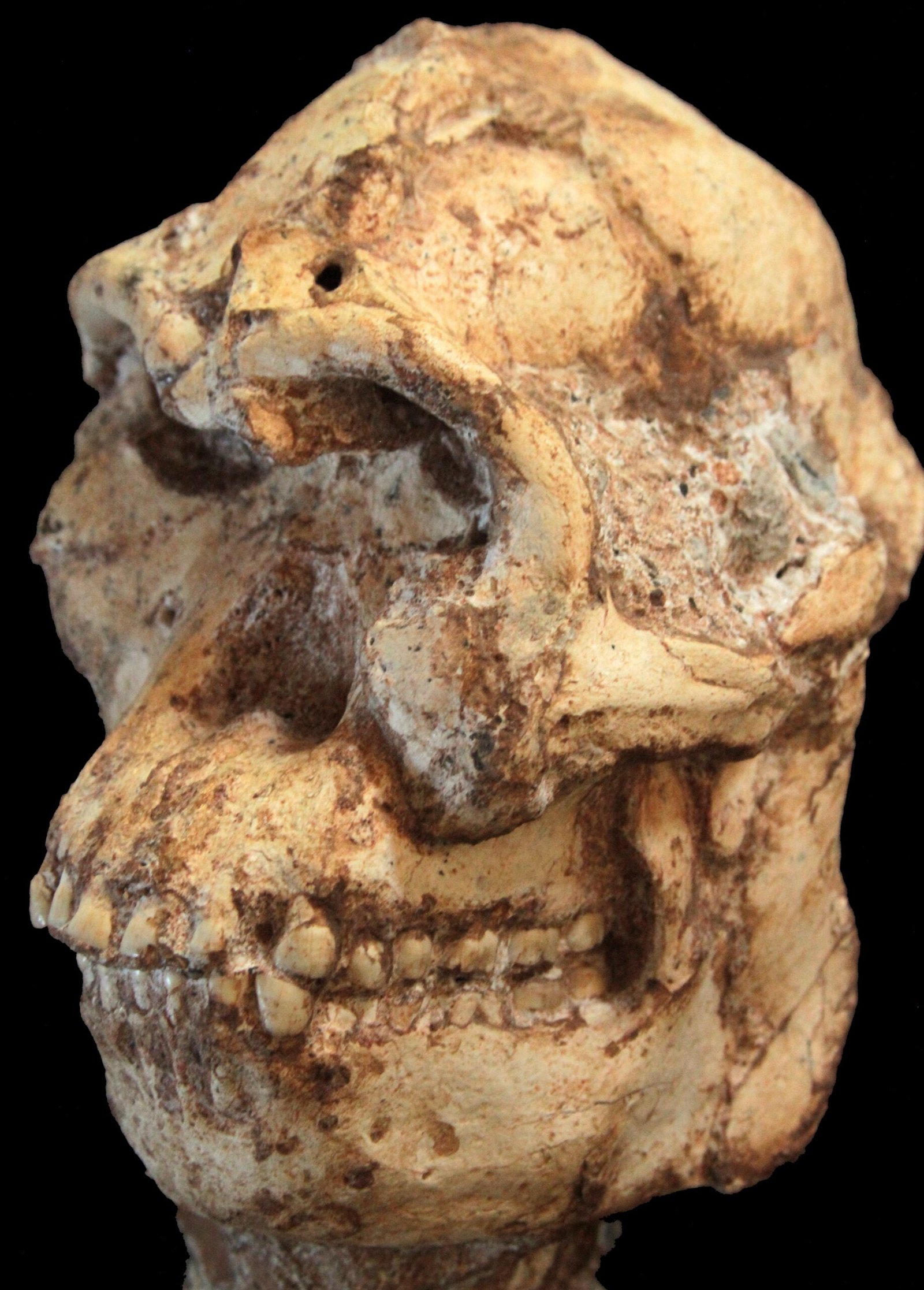
Perhaps the most spectacular find in the Sterkfontein Caves is “Little Foot,” a nearly complete skeleton of an Australopithecus that lived around 3.67 million years ago. This extraordinary specimen represents one of the most complete early human skeletons ever discovered, offering an unprecedented glimpse into our ancient past.
What makes Little Foot truly remarkable is the preservation of delicate bones rarely found in fossil records. The skeleton includes hands, feet, and even fragments of the pelvis, allowing scientists to reconstruct how these early humans moved, lived, and adapted to their environment. The discovery took over two decades to fully excavate, with researchers carefully removing the fossil from the cave’s limestone embrace.
The Taung Child: South Africa’s First Ancient Human
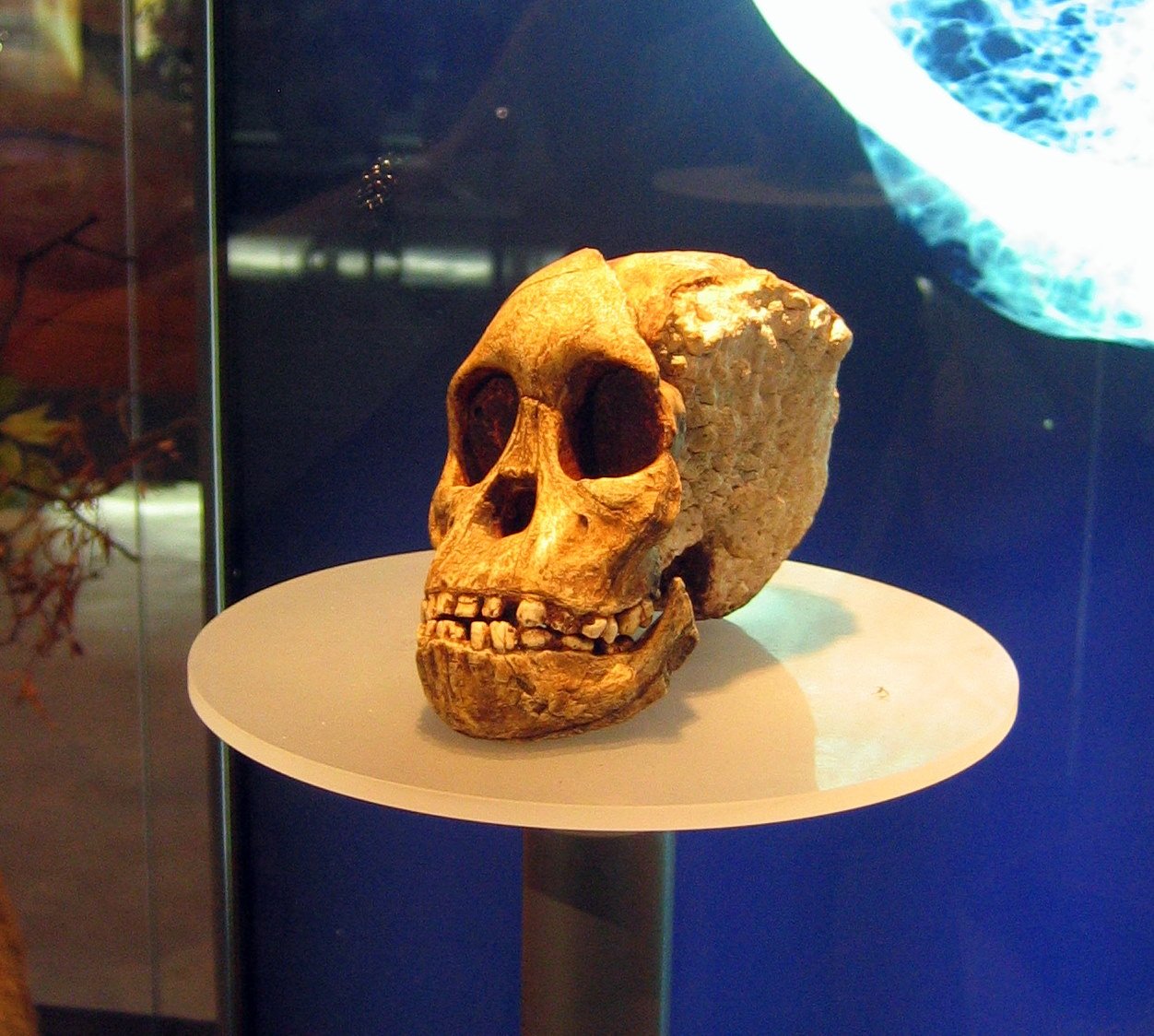
Before Sterkfontein became famous, another South African site yielded the first evidence of early human evolution on the continent. The Taung Child, discovered in 1924, belongs to the same species as Mrs. Ples but provided the initial proof that our ancestors evolved in Africa.
This juvenile skull, approximately 2.8 million years old, showed a unique combination of ape and human characteristics. The discovery sparked fierce scientific debate, as many researchers at the time believed human evolution occurred in Europe or Asia. The Taung Child’s significance became fully appreciated only after similar fossils were found at Sterkfontein, confirming Africa’s central role in human evolution.
Homo habilis: The First Toolmakers
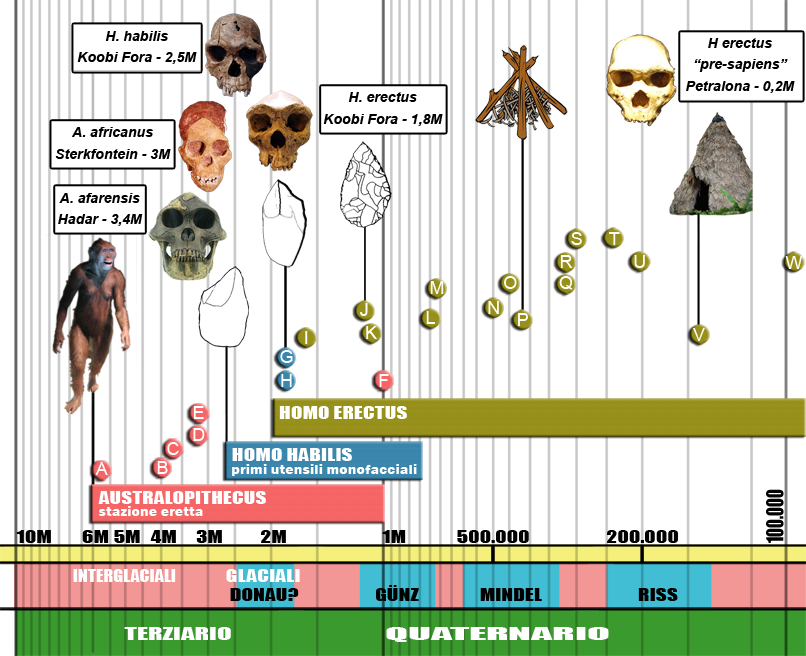
A.afarensis.jpg dell’utente ESV
Australopithecus afarensis reconstruction.JPG dell’utente Pbuergler
Australopithecus africanus Taung face (University of Zurich).JPG dell’utente Guérin Nicolas
Biface flexueux.png (G. et A. de Mortillet (1903): Musée préhistorique (nouvelle édition). Paris, Schleicher Éditeurs)
Broken Hill Skull (Replica01).jpg dell’utente Gerbil
Camp Teepee Fire.svg dell’utente Jazzmanian
Chopper of Dmanisi.png dell’utente José Manuel Benito (Locutus Borg)
Chopping tool.gif dell’utente José-Manuel Benito Álvarez (Locutus Borg)
Homo habilis-KNM ER 1813.jpg dell’utente José-Manuel Benito Álvarez (Locutus Borg)
Maleku-hut.JPG dell’utente Stevenj
Petralona1.JPG dell’utente Knop92, CC BY 3.0, https://commons.wikimedia.org/w/index.php?curid=120604170)
The Sterkfontein Caves have also yielded fossils of Homo habilis, a species that lived between 2.1 and 1.5 million years ago. These early humans represent a crucial evolutionary leap, as they were among the first to systematically create and use stone tools.
Archaeological evidence from the caves suggests that Homo habilis had significantly larger brains than their Australopithecus predecessors, enabling more complex problem-solving abilities. The presence of stone tools alongside their fossils tells a story of adaptation and innovation that would become hallmarks of human evolution. These early toolmakers learned to shape rocks into cutting implements, fundamentally changing how they interacted with their environment.
The Cave Formation Process That Enabled Preservation
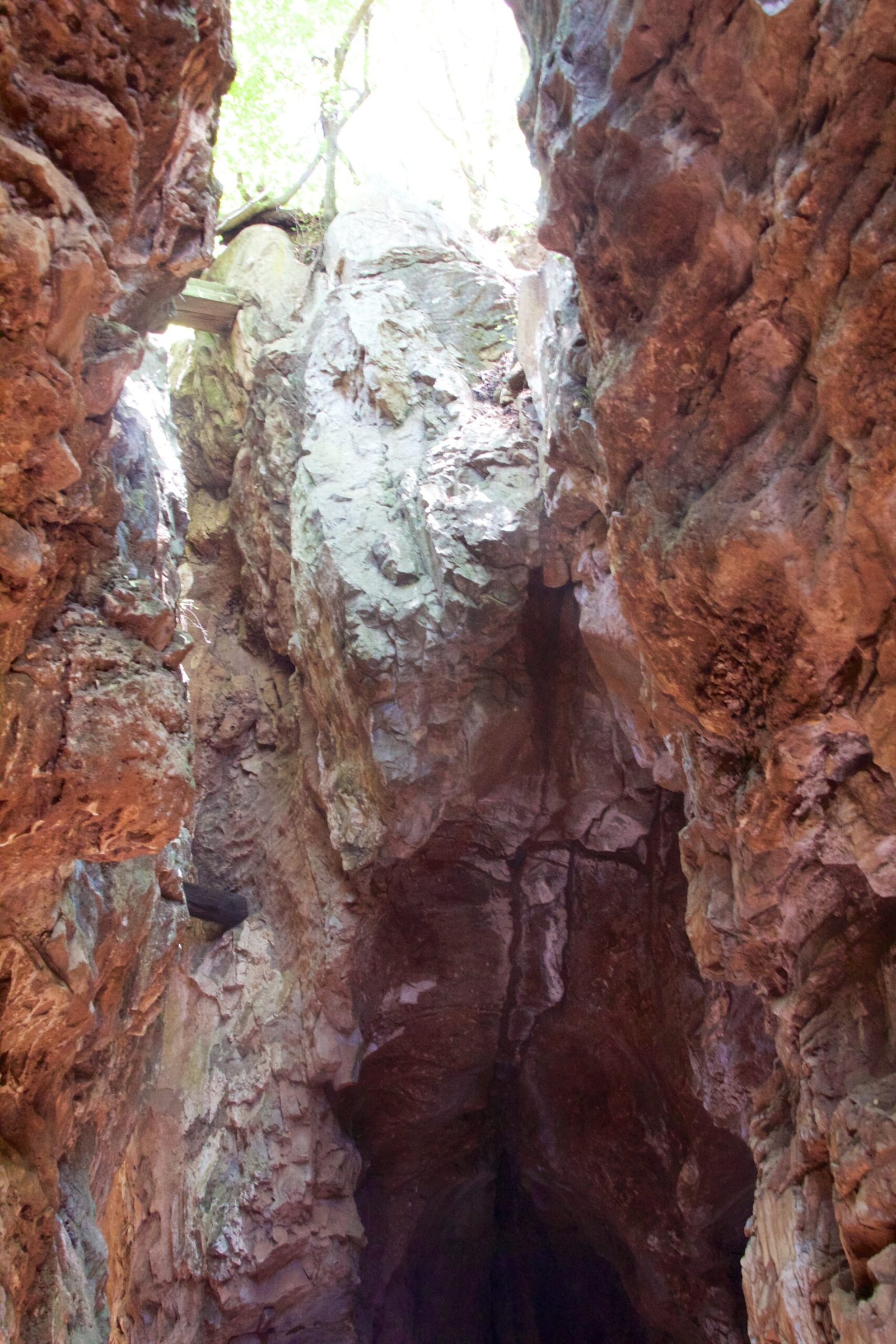
Understanding how the Sterkfontein Caves formed helps explain why they’ve preserved so many fossils over millions of years. The caves developed through a process called karstification, where slightly acidic groundwater gradually dissolved the limestone bedrock, creating hollow spaces underground.
As these caverns formed, they became natural traps for animals and early humans who fell into them or sought shelter within their depths. Over time, sediment and debris accumulated, creating layers that sealed and preserved organic material. The caves’ consistent temperature and humidity provided ideal conditions for fossilization, turning bones into stone while maintaining their original structure.
Dating Methods That Revealed Ancient Timelines
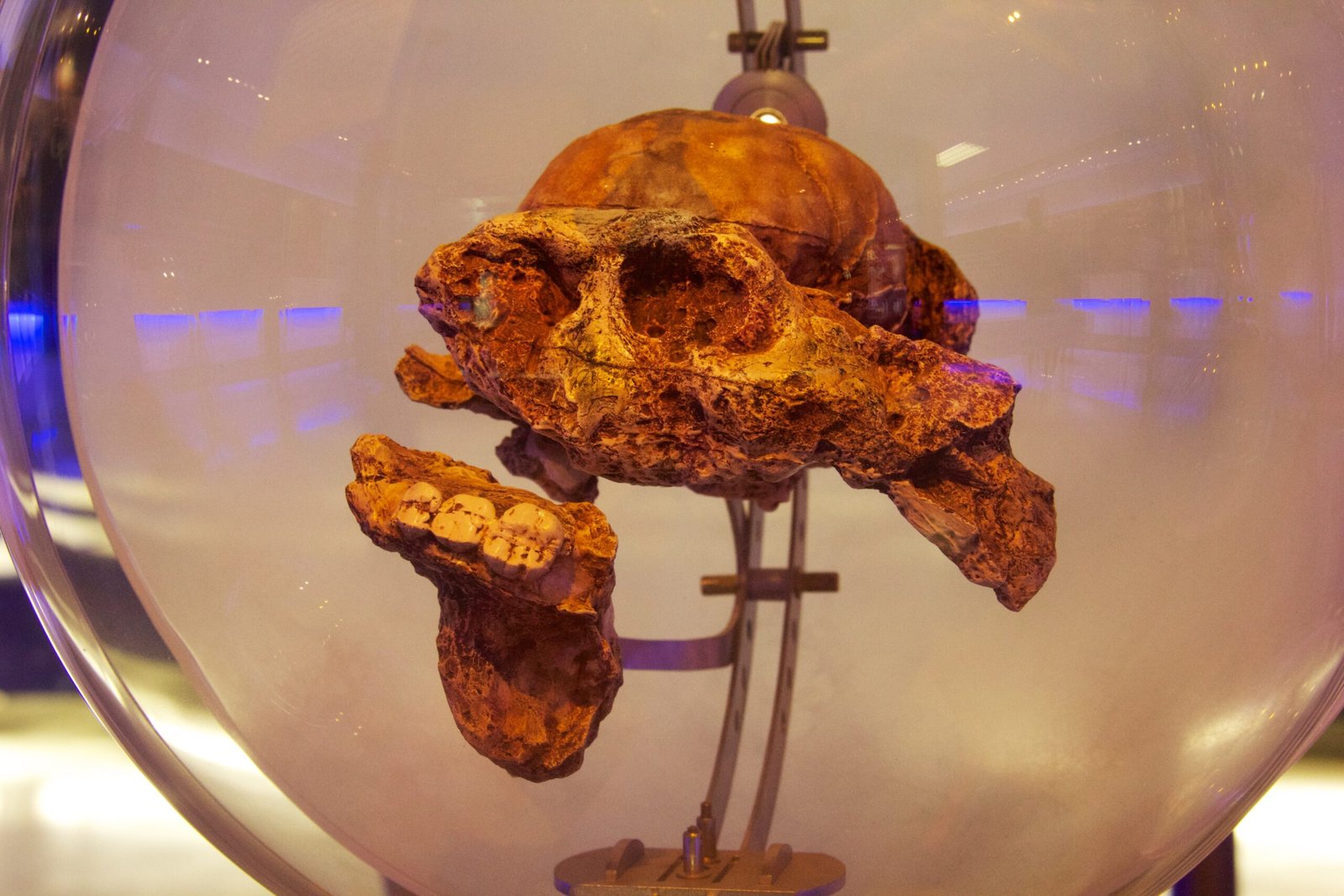
Determining the age of fossils found in Sterkfontein requires sophisticated scientific techniques that have evolved dramatically over the past century. Researchers use multiple dating methods to establish accurate timelines, including radiometric dating, paleomagnetism, and biostratigraphy.
The most reliable ages come from combining different approaches, creating a comprehensive picture of when these ancient humans lived. Uranium-lead dating of cave formations provides minimum ages, while paleomagnetic analysis compares magnetic signatures in rocks to known reversals in Earth’s magnetic field. These methods have revealed that the caves contain fossils spanning over 3.5 million years of human evolution.
Evolutionary Insights From Bone Analysis
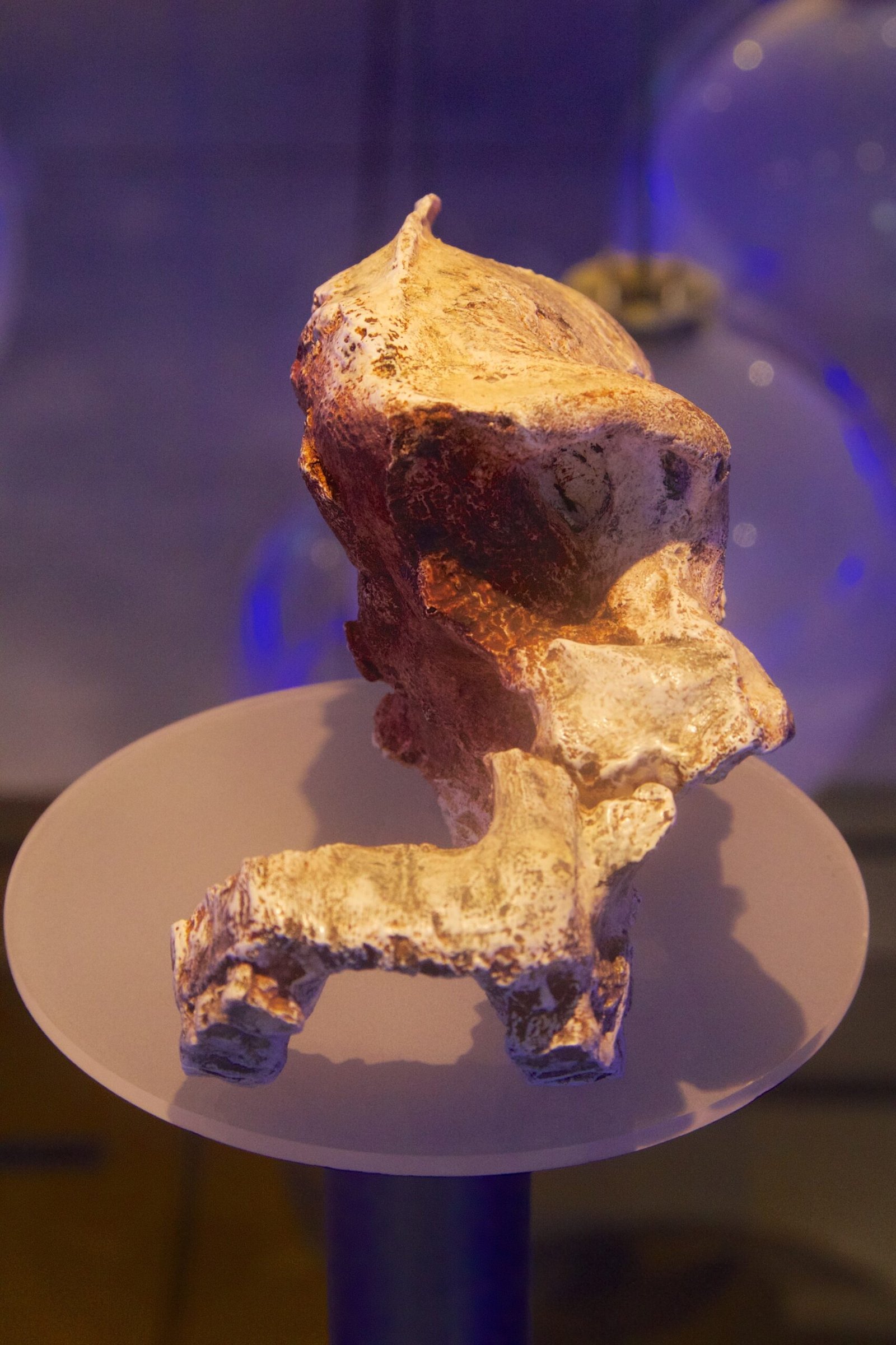
The fossils from Sterkfontein have provided revolutionary insights into how early humans evolved and adapted to their environment. Analysis of bone structure reveals crucial information about diet, locomotion, and social behavior of our ancient ancestors.
Scientists can determine whether early humans were primarily tree-dwellers or ground-walkers by examining the structure of their leg bones and pelvis. The shape of teeth and jaw bones provides clues about diet, while brain case measurements indicate cognitive development. These anatomical details paint a picture of species gradually adapting to life on the African savanna while retaining some characteristics suited for arboreal living.
The Makapansgat Connection
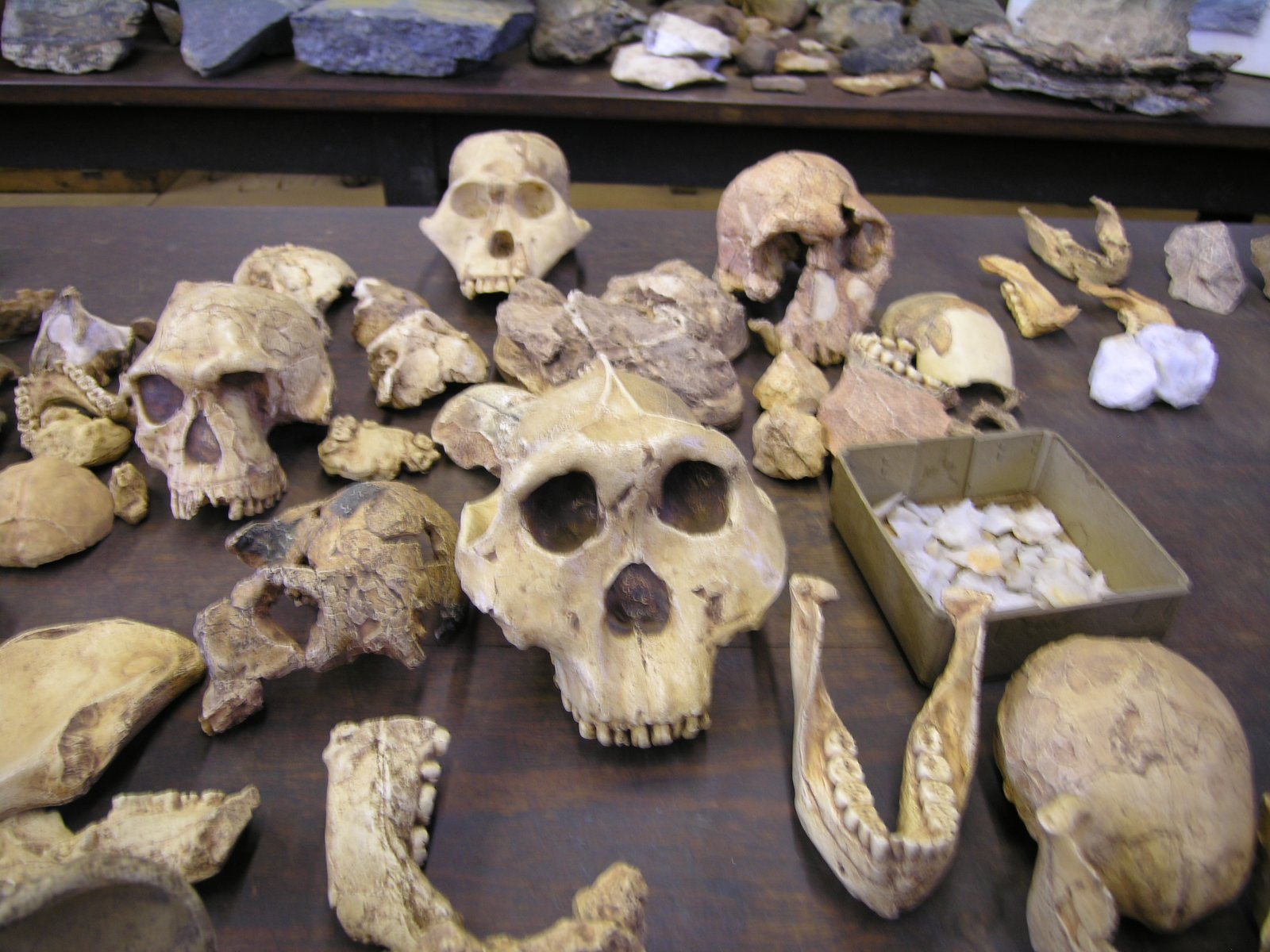
Sterkfontein is part of a larger complex of fossil sites known as the Cradle of Humankind, which includes the nearby Makapansgat caves. These sites have yielded fossils that complement and expand our understanding of early human evolution, creating a more complete picture of our ancient past.
The Makapansgat fossils include evidence of controlled fire use by early humans, suggesting sophisticated behavior much earlier than previously thought. The proximity of these sites suggests that the region was particularly favorable for early human habitation, possibly due to its reliable water sources and diverse ecosystem. Together, these caves provide a comprehensive record of human evolution over millions of years.
Climate Change and Human Evolution
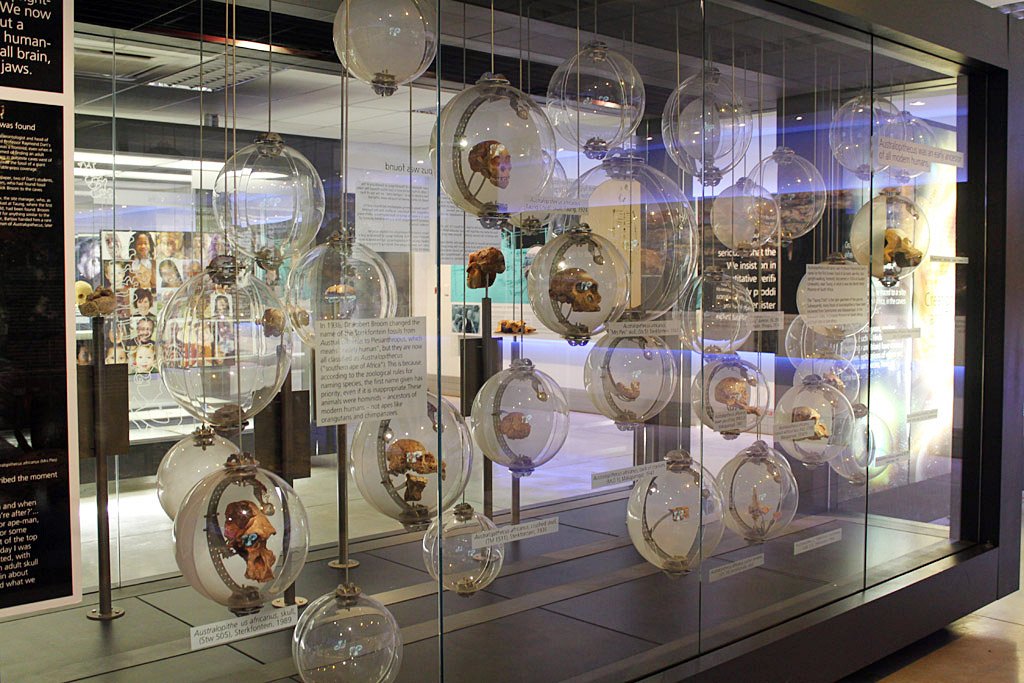
The fossils from Sterkfontein reveal how climate change influenced human evolution over millions of years. As Africa’s climate shifted from forested to more open savanna environments, our ancestors adapted by developing new survival strategies and physical characteristics.
Evidence suggests that periods of climatic instability may have accelerated evolutionary changes, forcing early humans to become more adaptable and innovative. The transition from dense forests to open grasslands required new forms of locomotion, different dietary strategies, and enhanced social cooperation. These environmental pressures ultimately led to the development of larger brains and more sophisticated tool use.
Modern Excavation Techniques
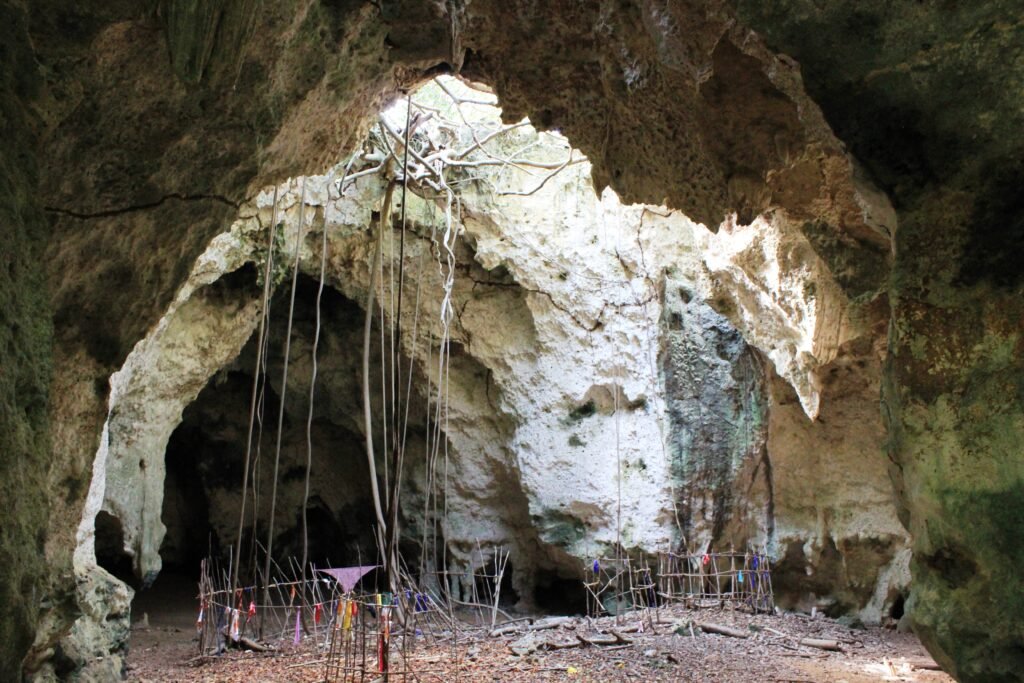
Today’s archaeological work at Sterkfontein employs cutting-edge technology that would have been unimaginable to early researchers. Ground-penetrating radar helps identify potential fossil sites before excavation begins, while 3D scanning creates detailed digital records of discoveries.
Micro-CT scanning allows scientists to examine fossils without damaging them, revealing internal structures and previously hidden details. Advanced chemical analysis can determine what these ancient humans ate, how they lived, and even trace their migration patterns. These technologies have transformed paleontology from a primarily descriptive field into a sophisticated scientific discipline capable of extracting remarkable detail from ancient remains.
The UNESCO World Heritage Designation
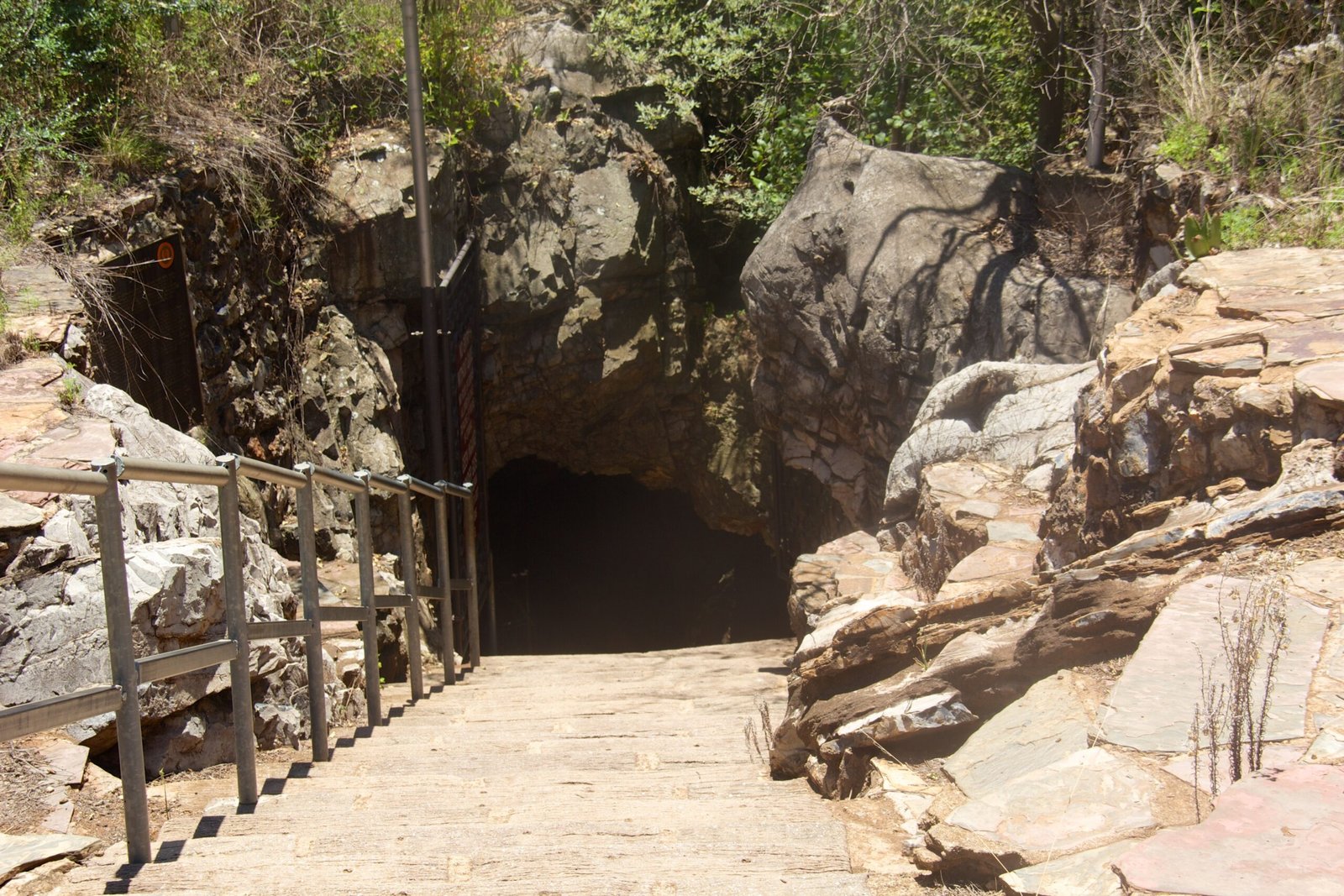
In 1999, the Sterkfontein Caves and surrounding area received UNESCO World Heritage status, recognizing their outstanding universal value to humanity. This designation helps protect the site from development and ensures continued scientific research for future generations.
The World Heritage status reflects the caves’ unique contribution to our understanding of human evolution and their irreplaceable scientific value. The designation also promotes international cooperation in research and conservation efforts, bringing together scientists from around the world to study these remarkable fossils. This global recognition has increased funding for research and helped establish the site as a premier destination for scientific education.
Tourist Experience and Education
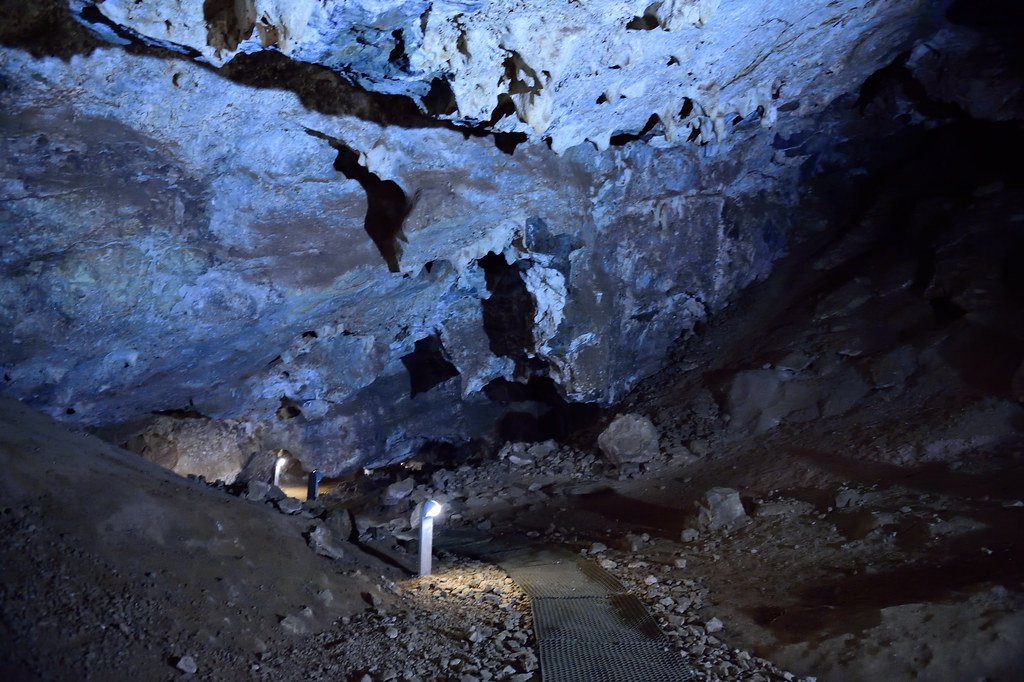
Visitors to the Sterkfontein Caves can experience firsthand the places where our earliest ancestors lived and died millions of years ago. The guided tours take visitors through the same chambers where famous fossils were discovered, creating a tangible connection to human prehistory.
The visitor center features interactive exhibits that explain the scientific significance of the discoveries and the processes used to study them. Educational programs help visitors understand complex concepts like evolution, fossilization, and archaeological methods. These experiences make paleontology accessible to the public while inspiring new generations of scientists and researchers.
Ongoing Research and New Discoveries
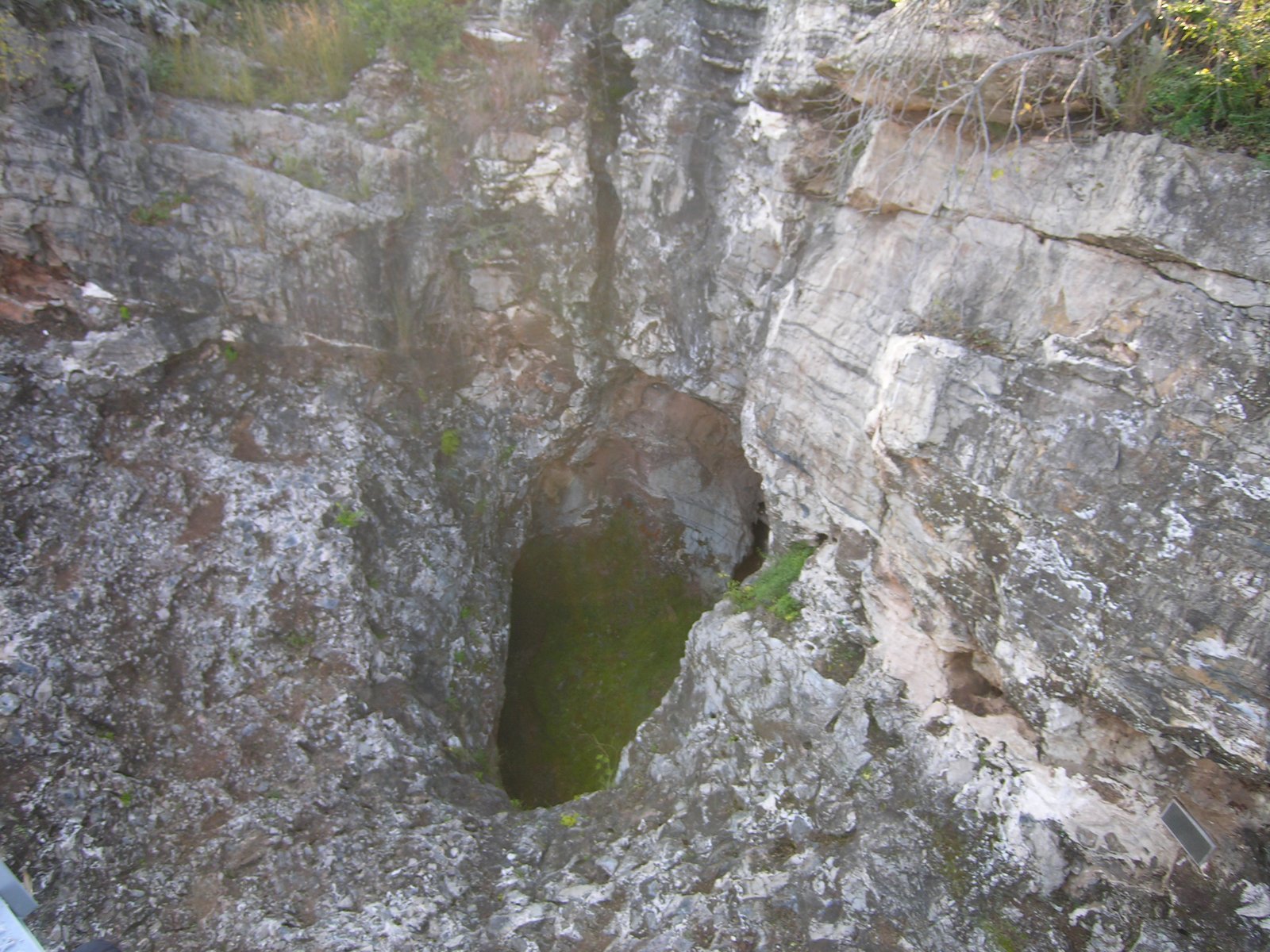
Research at Sterkfontein continues to yield new discoveries that refine our understanding of human evolution. Recent excavations have uncovered additional fossils that help fill gaps in the evolutionary timeline, while new analytical techniques reveal previously unknown details about ancient life.
Current research focuses on understanding the relationship between different early human species and how environmental changes influenced their evolution. Scientists are also investigating evidence of early tool use and social behavior, using microscopic analysis to detect cut marks on bones and other signs of human activity. These ongoing investigations ensure that Sterkfontein remains at the forefront of paleoanthropological research.
Conservation Challenges and Solutions

Protecting the Sterkfontein Caves presents unique challenges, as the site must balance scientific research, tourism, and conservation needs. Urban development in the surrounding area threatens the caves’ integrity, while increased tourism can potentially damage delicate fossil sites.
Conservation efforts include careful monitoring of cave conditions, limited access to sensitive areas, and ongoing research into the best preservation methods. Scientists work closely with local communities to ensure that development proceeds in ways that protect the caves while providing economic benefits to the region. These efforts represent a model for balancing scientific preservation with sustainable development.
The Future of Paleoanthropology
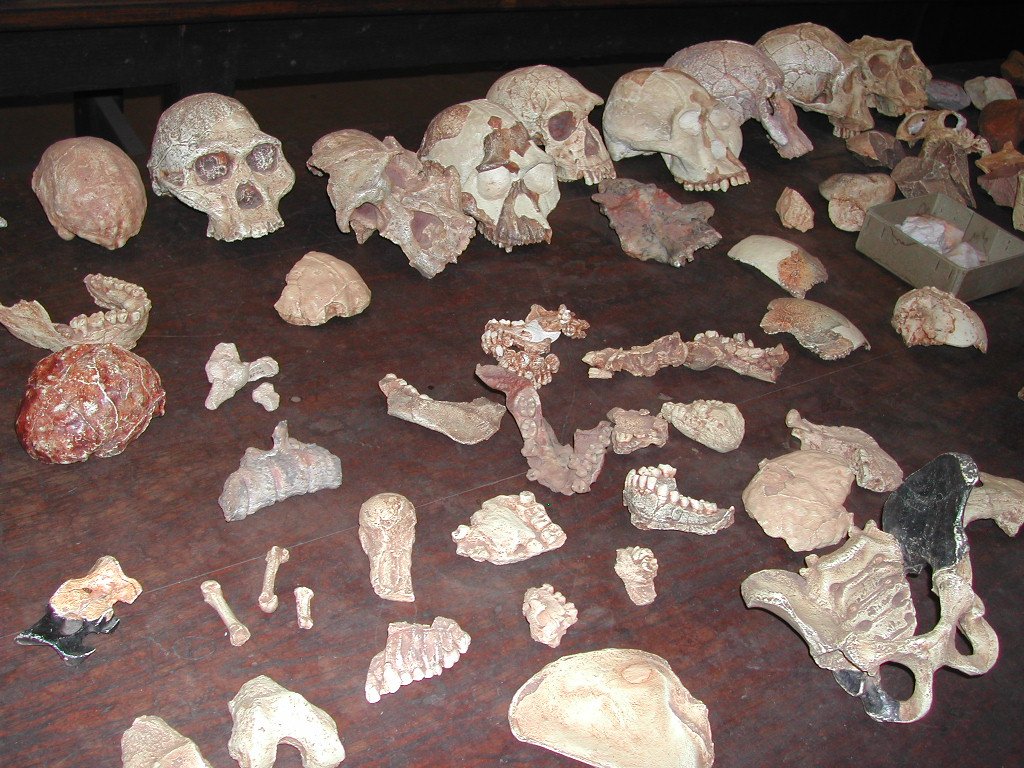
The discoveries at Sterkfontein have fundamentally changed how we understand human evolution, but many questions remain unanswered. Future research will likely focus on understanding the genetic relationships between different early human species and how they adapted to changing environments.
New technologies promise to reveal even more details about ancient life, including advanced DNA analysis techniques that might extract genetic information from very old fossils. The integration of multiple scientific disciplines, from geology to genetics, will continue to provide new insights into our evolutionary past. Sterkfontein will undoubtedly remain central to these discoveries, continuing to surprise and inform us about our ancient heritage.
Global Impact on Human Understanding

The fossils from Sterkfontein have profoundly influenced how humanity understands its place in the natural world. By proving that humans evolved in Africa and demonstrating the gradual nature of evolutionary change, these discoveries have shaped scientific thought and public understanding of human origins.
The caves have also highlighted the importance of Africa in global scientific research, challenging historical biases that overlooked the continent’s contributions to human knowledge. This shift in perspective has led to increased investment in African research institutions and greater recognition of local scientific expertise. The discoveries continue to inspire new generations of African scientists and researchers.
Conclusion
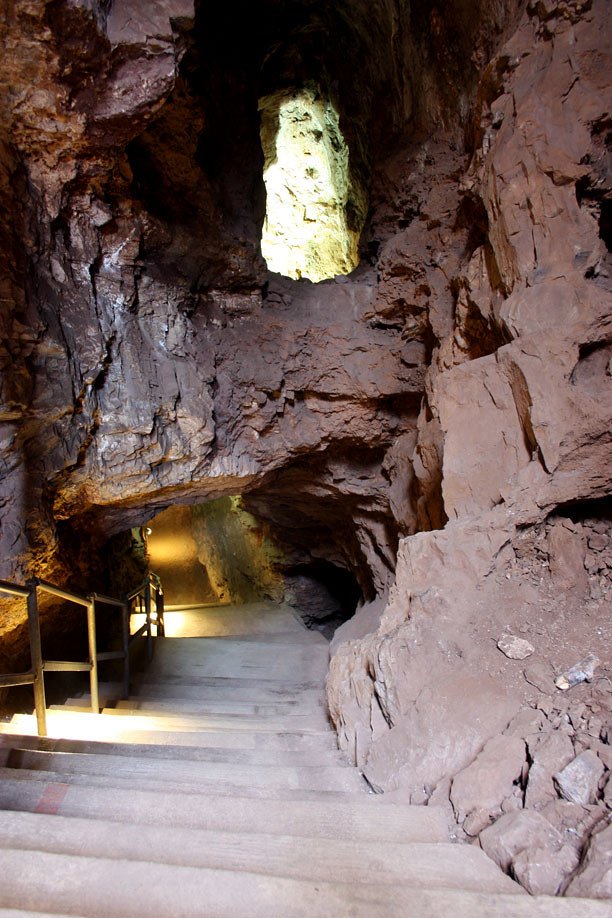
The Sterkfontein Caves stand as monuments to human curiosity and scientific achievement, preserving millions of years of evolutionary history in their limestone depths. From Mrs. Ples to Little Foot, these ancient fossils have revolutionized our understanding of where we came from and how we became the species we are today.
As research continues and new technologies emerge, the caves will undoubtedly reveal more secrets about our ancient past. Each discovery adds another piece to the puzzle of human evolution, helping us understand not just our biological heritage but also the remarkable journey that led to modern humanity.
The legacy of Sterkfontein extends far beyond scientific discovery, reminding us that we are all connected through our shared evolutionary history. What other mysteries lie hidden in these ancient caves, waiting to reshape our understanding of what it means to be human?

